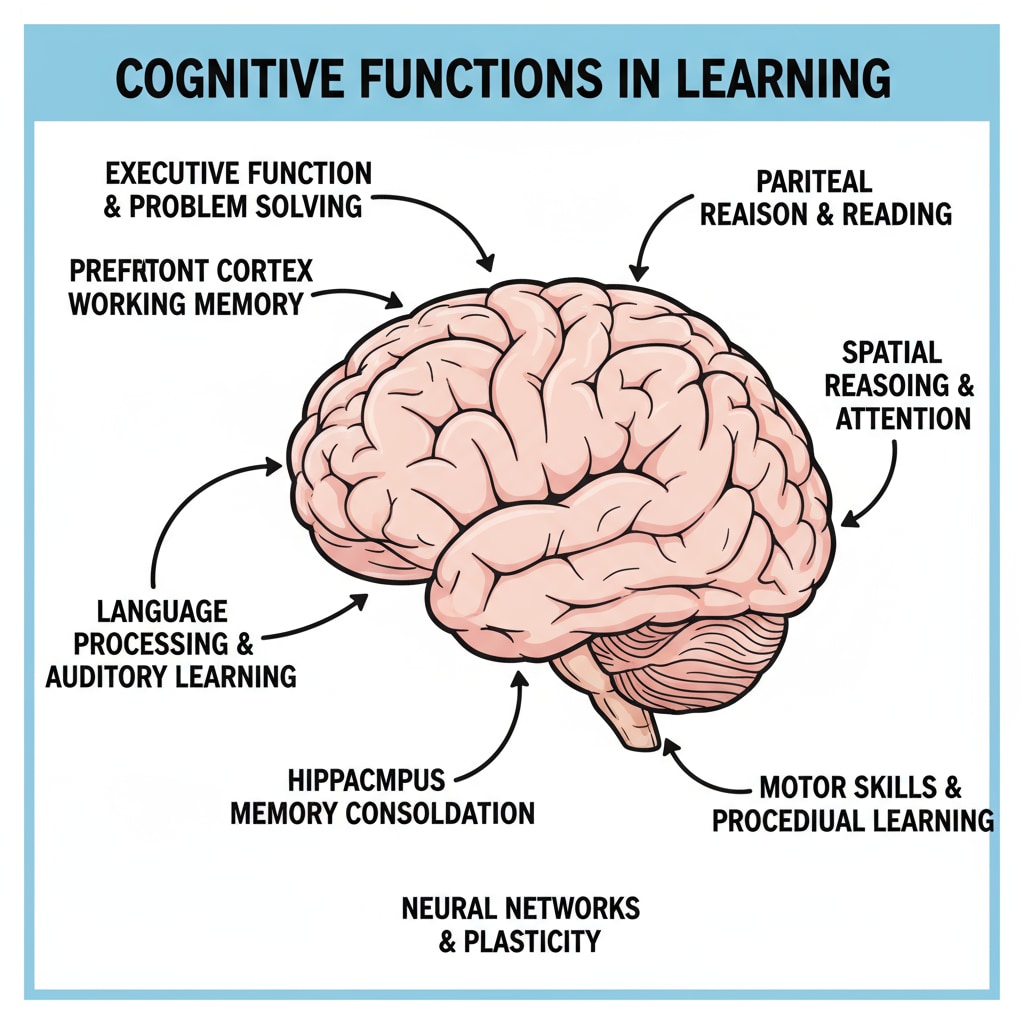Learning methods play a crucial role in achieving high scores, especially when aiming for a remarkable 90% or above in K12 education. In this article, we will explore a range of strategies that can help students reach this academic milestone.

Understanding the Cognitive Aspect
First and foremost, it’s essential to understand the cognitive processes involved in learning. According to Cognitive Psychology on Wikipedia, our brains have different ways of processing and retaining information. By leveraging these principles, students can enhance their learning efficiency. For example, using spaced repetition, which involves reviewing information at increasing intervals over time, can significantly improve long-term memory. This method helps move information from short-term to long-term memory, ensuring better recall during exams.

The Power of Active Learning
Active learning is another key strategy for achieving high scores. Instead of passively reading or listening, students should engage actively with the material. This could involve taking notes, asking questions, and participating in discussions. As stated in Active Learning on Britannica, active learning promotes deeper understanding and better retention. For instance, when studying a complex concept, try explaining it to a friend or writing a summary in your own words. This forces you to think critically about the material and solidify your understanding.
Moreover, creating mind maps or concept maps can be an effective way to organize information and see the relationships between different ideas. This visual approach helps in better comprehension and makes it easier to remember details.
Readability guidance: We have used short paragraphs to present information clearly. Each section focuses on a key aspect of learning strategies. The use of examples and external references adds credibility to the content. Transition words like ‘first’, ‘for example’,’moreover’ are used to enhance the flow.


